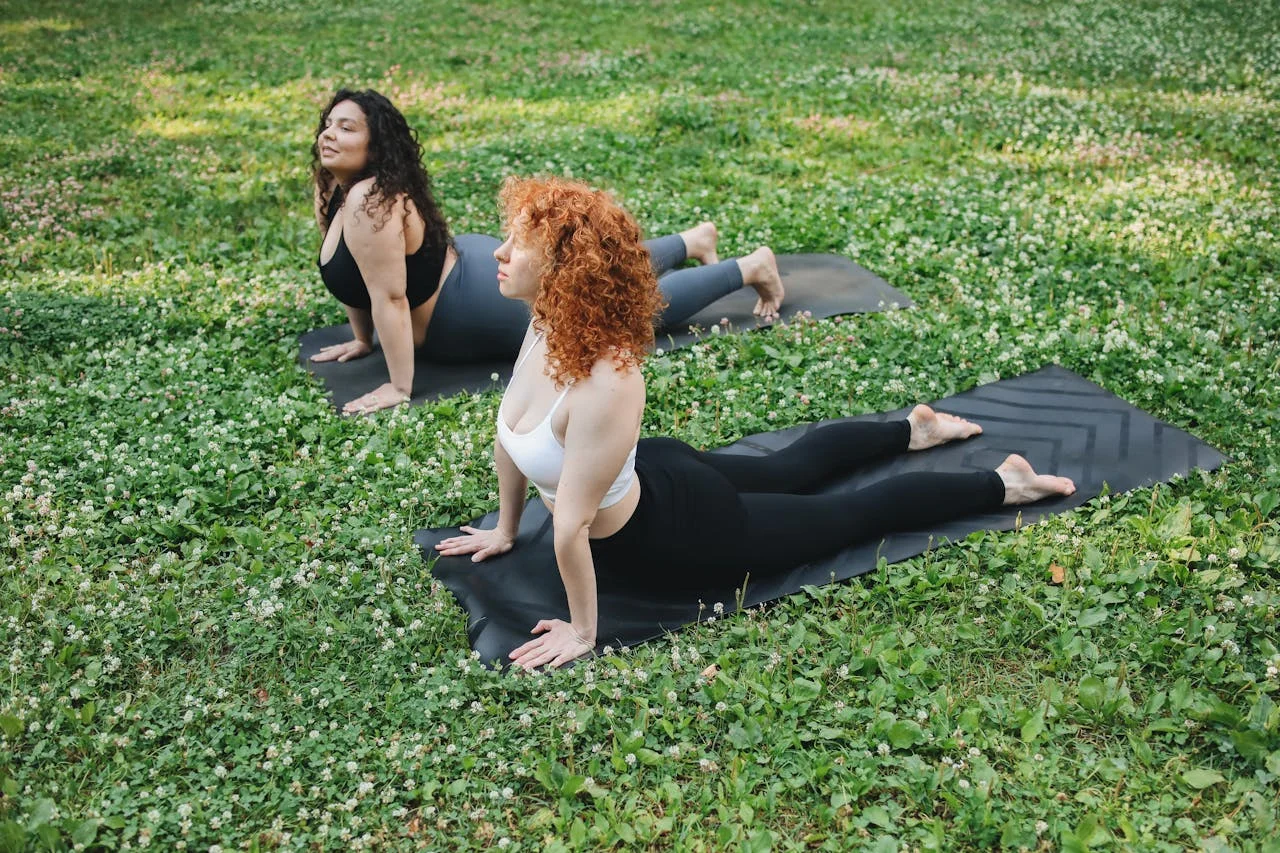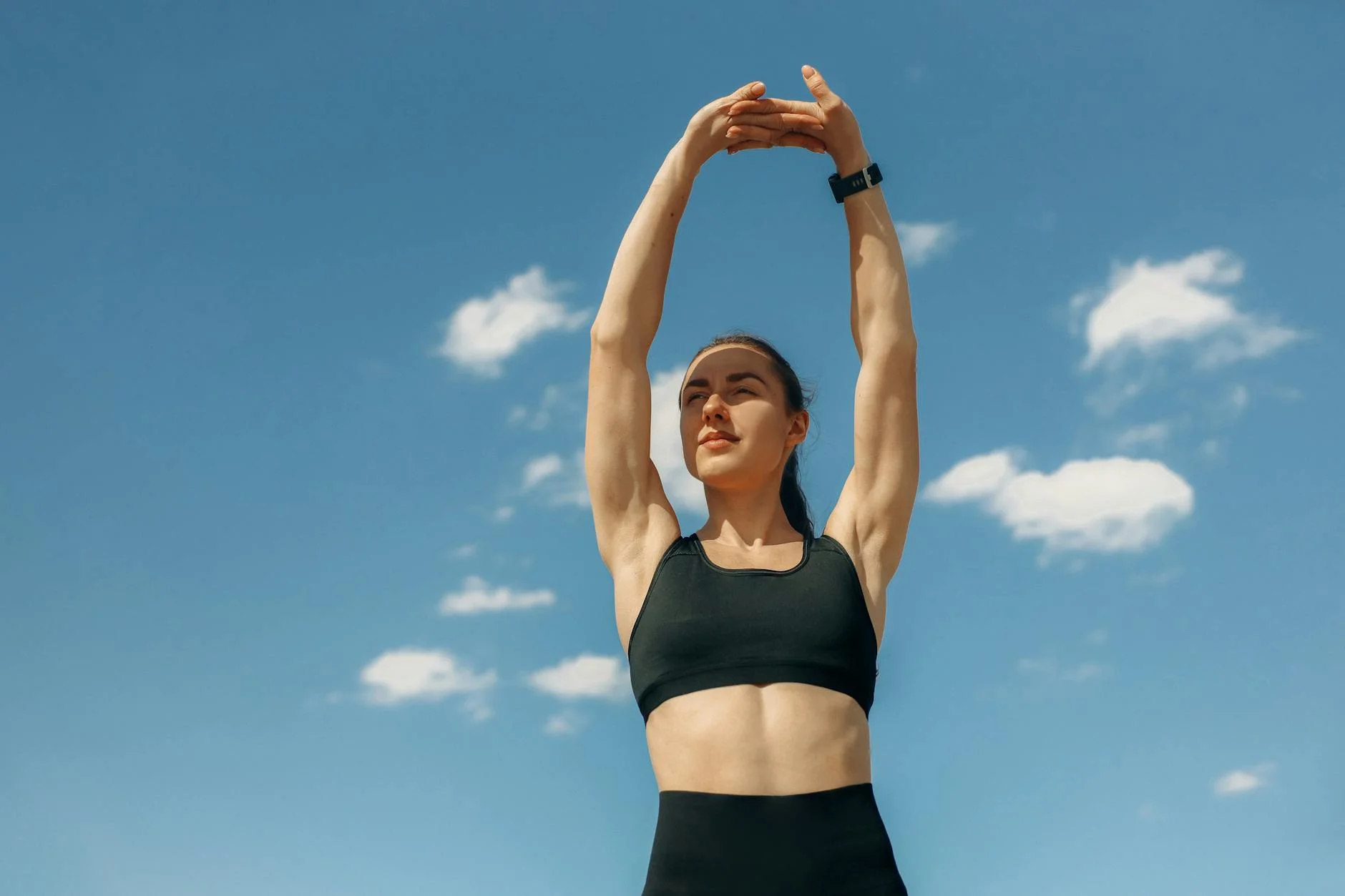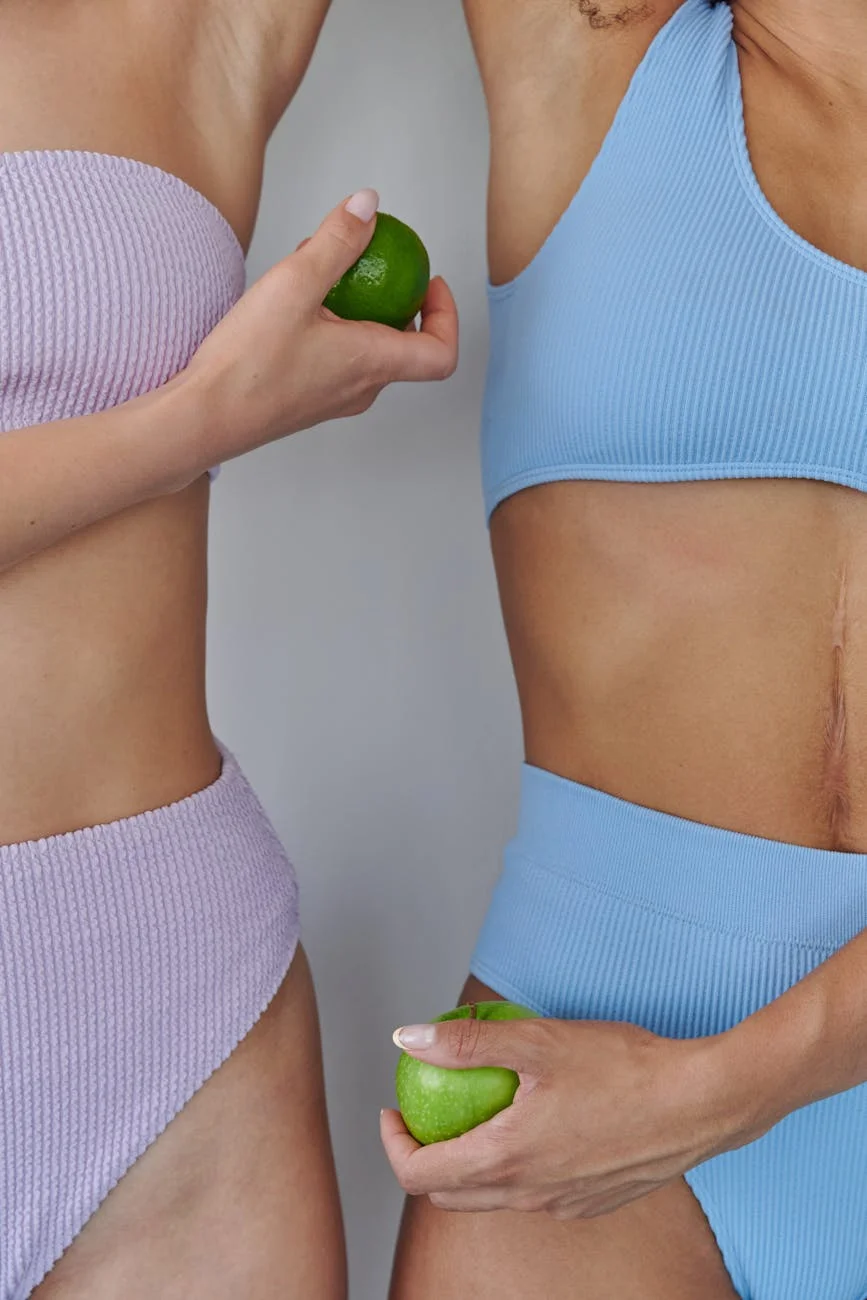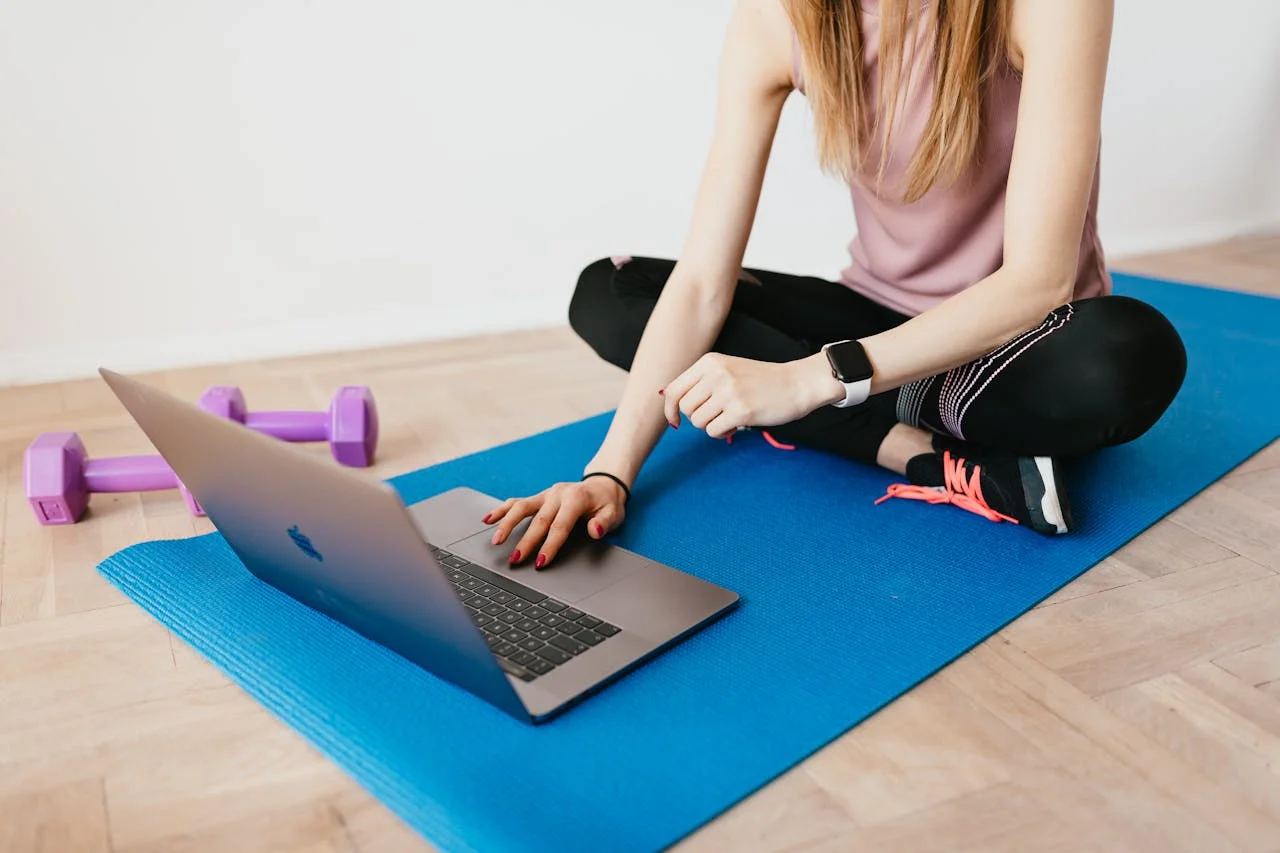
You’ve probably dismissed vision boards as wishful thinking—trust me, I used to roll my eyes at them too. But here’s what changed my mind: neuroscience research shows that visualizing your health goals actually rewires your brain through neuroplasticity, the brain’s ability to form new neural pathways. When you consistently view images of your ideal wellness lifestyle, you’re literally programming your prefrontal cortex to recognize opportunities and make decisions that align with those goals. The question isn’t whether vision boards work—it’s whether you’re ready to discover how to make them work for your transformation.
The Science Behind Vision Boards and Neuroplasticity
The motor cortex lights up when you imagine exercising, the prefrontal cortex engages when you picture yourself making nutritious food choices, and the reward centers activate as if you’re already experiencing the satisfaction of reaching your wellness goals. This isn’t wishful thinking—it’s neuroplasticity in action, your brain’s remarkable ability to rewire itself based on repeated thoughts and visualizations.
When you consistently view images of your healthiest self, you’re literally strengthening neural pathways that support those behaviors. Research from UCLA shows that visualization activates the same brain regions as actual experiences, fundamentally giving you a “practice run” before you hit the gym or meal prep. Your brain can’t distinguish between vividly imagined scenarios and reality—which means you’re already programming yourself for success every time you engage with your vision board.
Essential Elements of an Effective Health Vision Board
While vision boards can absolutely transform your health journey, not all boards are created equal—and honestly, I learned this the hard way after staring at a chaotic collage of random fitness models for months wondering why I wasn’t suddenly craving kale smoothies.
Your board needs specific, personal images that connect to your unique goals: that hiking trail you want to conquer, the energy you’ll feel after consistent workouts, or the confidence you’ll radiate. Include words that trigger action—”energized,” “strong,” “vibrant”—alongside visual representations of your future self.
Most importantly, choose images that evoke emotion rather than intimidation: you’re programming your subconscious mind to see these outcomes as achievable, not impossible.



Choosing Images That Align With Your Wellness Goals
Selecting the right images for your wellness vision board isn’t about grabbing the most aesthetically pleasing photos from Pinterest—trust me, I once filled half my board with those impossibly perfect smoothie bowls that honestly looked more like art installations than actual breakfast. You need images that spark genuine emotional connection, not just Instagram envy.
Research shows that visualization effectiveness increases by 42% when images trigger personal memories or aspirations rather than generic ideals. Choose photos that represent your specific goals: if you’re targeting better sleep, select images of your ideal bedtime routine, not random zen gardens.
The key is selecting visuals that make you think “yes, that’s exactly how I want to feel” rather than “wow, that looks nice but completely unattainable.”
Crafting Powerful Affirmations for Physical and Mental Health
Most people craft affirmations like they’re writing fortune cookies—vague, generic, and about as personally meaningful as a corporate mission statement. You deserve better than “I am healthy”—you need affirmations that pack a punch and speak directly to your subconscious.
Here’s how to create affirmations that actually work:
- Use present tense with sensory details: “I feel energized and strong as I complete my morning workout” beats “I will exercise more”
- Address your specific challenges: If anxiety’s your nemesis, try “I breathe deeply and release tension from my shoulders”
- Include emotional states: “I feel proud and accomplished after nourishing my body with wholesome foods”
- Make them believable: Start with “I’m learning to…” if jumping straight to “I am…” feels fake
Research shows specific, emotionally-charged affirmations activate neural pathways more effectively than generic ones.


Strategic Placement and Daily Interaction Techniques
Make interaction ritualistic: touch each image while reciting affirmations, snap daily photos to track your board’s evolution, or add new elements weekly. I’ve found that moving my board occasionally prevents visual habituation—that sneaky brain trick where familiar objects become invisible.
Create multiple smaller boards for different spaces: gym bag, office desk, car dashboard—because transformation happens through consistent, intentional engagement, not wishful thinking.
Overcoming Common Vision Board Mistakes and Pitfalls
Even though you’ve crafted what looks like the perfect vision board, you’re probably making at least three mistakes that’ll sabotage your success—and trust me, I’ve made them all.
Stop creating impossibly perfect images: You’re not building a fantasy—you’re designing your reality. Include images showing the messy middle, like someone actually sweating at the gym, not just posing with perfect abs.
Quit the “someday” mentality: Place your board where you’ll see it during mundane moments, not tucked away like a secret wish.
Ditch vague goals: Instead of “lose weight,” specify “deadlift my bodyweight by December.”
Avoid static thinking: Update your board quarterly as you evolve—stagnant boards create stagnant results.
Tracking Progress and Updating Your Vision Board
Your vision board isn’t a museum piece—it’s a living document that should evolve with your progress, and honestly, I learned this the hard way after staring at the same outdated images for eight months wondering why I felt stuck.
Schedule monthly check-ins to assess what’s working: celebrate achieved goals by replacing those images with new, bigger challenges. Track measurable progress through photos, measurements, or fitness milestones—research shows visual progress markers increase motivation by 42%. When you’ve conquered that 5K goal, upgrade to a half-marathon image.
Remove goals that no longer align with your values; it’s not failure, it’s evolution. Your vision board should reflect your current aspirations, not last year’s dreams.
Transforming Visualization Into Actionable Health Habits
While gazing at inspirational images feels motivating, the real magic happens when you bridge the gap between dreaming and doing—something I discovered after spending three weeks admiring a photo of someone doing yoga at sunrise without actually rolling out my mat once.
Your vision board isn’t just wall décor; it’s your command center for transformation. Here’s how you’ll weaponize those images into concrete actions:
- Extract specific behaviors from each image—if you’ve pinned a runner, commit to lacing up shoes three times weekly
- Schedule vision board reviews every Sunday to plan the week’s health-focused activities
- Create micro-habits by breaking big goals into tiny, manageable steps you can’t fail at
- Use visual cues as daily reminders, placing your board where you’ll see it during decision-making moments
Conclusion
You’ve got the blueprint now—science-backed strategies, curated images, and brain-rewiring techniques that’ll transform your wellness journey. Your vision board isn’t just pretty pictures; it’s your daily neural training ground, reshaping those stubborn thought patterns one glance at a time. Start small, stay consistent, and watch as your visualized health goals become your lived reality. Trust me, your future self will thank you for taking this first step today.





Leave a Reply